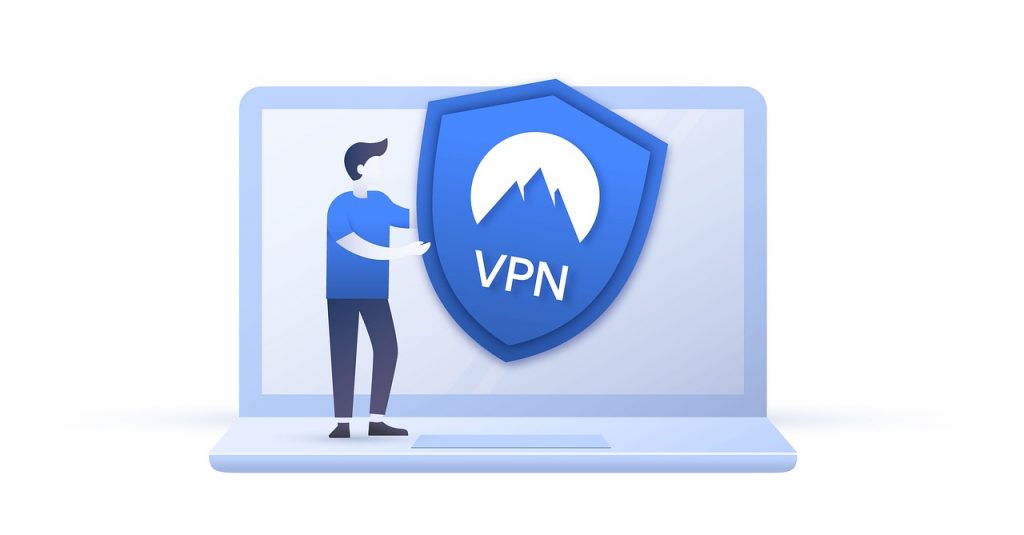Remote work has arrived. Buoyed by technology and backed by research, companies are adopting out-of-office strategies to increase production, reduce operation costs and retain great talent. In fact, recent survey data found that 50% of employees worldwide now work outside the office at least two and a half days every week.
For businesses looking to leverage the benefits of remote work, however, it’s not enough to simply support this trend toward distributed delivery of employee effort. Organizations need the right tools and technology to help ensure they’re fully operational anywhere, anytime.
Here’s a look at five solutions that are essential for remote work success.
Project Management Programs
Who’s doing what? When? How long until milestones must be completed, and what happens if someone misses a deadline?
In the office, companies often hire highly skilled and certified project managers to assure team members have a clear understanding of their existing task list — and have a point of contact if they can’t deliver on time. Once outside the corporate environment, however, it’s easy for task fragmentation to sideline productivity as specific efforts overlap or get overlooked.
Here, it’s critical for companies to deploy robust project management programs that provide at-a-glance functionality for employees and managers alike. Cutting-edge tools make it possible for employees to quickly identify due dates and expectations, ask questions, and adjust task workflows as specific outcomes are achieved.
Collaboration Tools
When it comes to remote work, walking the walk isn’t enough — companies also need to talk the talk with customizable collaboration tools. This dovetails with the single biggest drawback of working beyond corporate walls: isolation. While working remotely, employees are invariably more productive, but they often feel “cut off” from other team members. Left unaddressed, this connection conundrum can frustrate project efforts and negatively impact workplace morale.
New collaboration tools streamline the process of staying in touch by allowing staff to schedule meetings, chat via built-in messaging apps, and connect face to face with video conferencing software. While these tools often require an evaluation of existing IT infrastructure to provide enough office bandwidth, the diversifying collaboration market makes it easy to find a best-fit solution.
Secure Document Sharing
Documents drive business success. From project proposals to new IPs, marketing campaigns and consumer trend analysis, documents are everywhere in your organization. Those documents must also be equally accessible to all team members regardless of their location.
Solving this challenge requires secure document sharing tools that give users specific editing and viewing permissions. These permissions should include version control for easy comparison and enable users to track changes by time, author and resolution required.
Second Line Services
While the proliferation of mobile devices empowers anywhere, anytime productivity, adoption at scale also comes with a potential drawback: consumer connectivity.
If prospective customers call your office but no one answers, they’re stuck leaving voicemails that may never be returned — and they might take their business elsewhere. If employees are working from home and get a call on their personal device, meanwhile, their response may not match the professional expectations of your office environment.
Here, second line phone services can help bridge the gap between consumer and corporate expectations. Mobile-native applications now make it possible to add toll-free numbers as a separate line on a single mobile device, allowing companies to deploy tools such as auto-attendant and interactive voice response before routing calls to remote workers. Alternatively, staff can port existing landline or mobile numbers to another device, making it easy to differentiate between business and personal calls before picking up the phone.
Virtual Private Networks
Anytime, anywhere work requires on-demand access to critical corporate networks and services. That said, not all connections offer the same level of data security and application defense. If staff members log in using free Wi-Fi connections at airports or coffee shops, for example, they may put critical data or projects at risk.
Solving this problem starts with virtual private network (VPN) connections. These obfuscated overlays make it easy for users to connect anywhere using the device of their choice. Yet VPNs make it hard for malicious actors to compromise data by obscuring location information and encrypting all information sent and received.
Remote work is already on the way to becoming as familiar and functional as its
in-office counterpart. To empower success at scale and underpin the adoption of
this operational anywhere approach, companies need tools capable of improving
project management and collaboration, securing common tasks, and empowering
line-of-business communications.
Author bio: Pankaj Gupta is the CEO of iPlum, which provides separate business phone lines on existing personal phones with the same high quality. iPlum as second line is available in 22 languages, has been adopted by millions of professionals worldwide.



